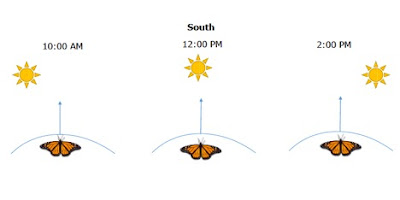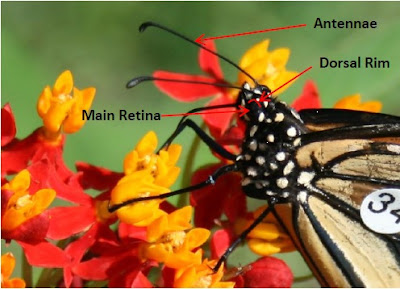How cool would it be if you could regenerate your own body parts? Just imagine: you are chopping up some carrots for dinner, but whoops! You accidentally cut off your thumb! No worries, it’ll grow back in a few weeks, good as new and fully functional. No need to take a trip to the hospital and pay all of those annoying medical costs.
That all sounds pretty nifty, but that can’t actually happen, right? Tissue regeneration on that large of a scale is something you can only find in science fiction. …Or so you may think. Nature has actually found a way to regenerate full limbs and other body parts after they have been completely amputated. However, among animals with spines, this unique ability is only found in salamanders. But how does it work, and why can’t we do it too?
| A cartoon illustrating examples of the three different methods of tissue regeneration in animals. A.) An adult hydra being cut into two pieces and regenerating into two separate hydras. B.) Part of a human liver being cut off and the remaining liver regenerating via cell division. C.) A salamander’s arm being amputated and undergoing epimorphosis to regenerate an entire new arm. Source: Maranda Cardiel |
There are actually three ways that animals can regenerate tissues. Some animals, such as hydras, can use the tissues they already have to regenerate themselves after being cut in two, resulting in two separate hydras. Mammals, including humans, have the ability to regenerate their livers by having the liver cells divide into more liver cells. This is how liver transplants work – a portion of liver from a live donor will grow into a fully-functioning liver in the recipient. The third method is called epimorphosis, which is the ability to change existing cells of specific types so that they can re-grow as different cell types, and this is what salamanders are able to do.
When the limb of a salamander is cut off, only the outermost layer of skin moves to cover the wound. This single layer forms a special skin cap known as the epithelial cap, and the nerves at the amputation site shrink back from the wound. Then the cells beneath the cap dedifferentiate, losing their specific characteristics so all of the different types of cells become the same and detach from each other.
| A cartoon illustrating the process of a salamander regenerating its arm. A.) The limb is amputated. B.) The outermost layer of the skin begins to cover the wound. C.) This single layer of skin creates an epithelial cap and the blastema forms underneath it. D.) The cells of the blastema begin to differentiate into bone, nerves, etc. E.) The cells continue to divide and differentiate until the limb is fully formed. Source: Maranda Cardiel |
Now the amputated limb has a mass of indistinguishable cells under the cap, and this mass is called the regeneration blastema. A blastema is simply a clump of cells that is able to grow into an organ or body part. Over the course of several weeks, this blastema divides into more cells and the cells begin to differentiate - or turn into multiple types - again, forming different cell types such as bone, muscle, cartilage, nerves, and skin. Eventually, the salamander will have a brand new limb.
The salamander’s body can even tell what body part it’s supposed to re-grow; if it’s amputated at the wrist it will grow a new hand, and if its entire hind leg is amputated it will grow a new hind leg. And it’s not only limbs that salamanders can regenerate – they can even grow back their tails, retinas, spinal cords, and parts of their hearts and brains!
As you can see, the process of epimorphosis is much more complicated than simply having a single cell type divide a lot. It also requires certain chemicals and patterns of immune signaling to work properly. But why can’t people do this too? One of the reasons is because when our tissues are damaged, all of our skin grows to cover and heal the wound, which forms scars. In salamanders, only the outermost layer of skin does this, which prevents the scarring that would stop tissue regeneration. The salamander’s immune system is also regulated differently than our own, which allows them to regenerate whole body parts.
Unfortunately we are not salamanders, so when you cut off your finger it’s not going to grow back. But researchers are continuing to study salamanders and their astounding regenerative abilities in the hopes of finding a way to apply it to people. Who knows, maybe someday we’ll be able to grow back our own limbs too.
Sources:
Gilbert, Scott F. Developmental Biology 6th Edition. Ncbi.nlm.nih.gov. National Center for Biotechnology Information, 2000.
Godwin, J., Pinto, A., & Rosenthal, N. (2013). Macrophages are required for adult salamander limb regeneration Proceedings of the National Academy of Sciences, 110 (23), 9415-9420 DOI: 10.1073/pnas.1300290110







